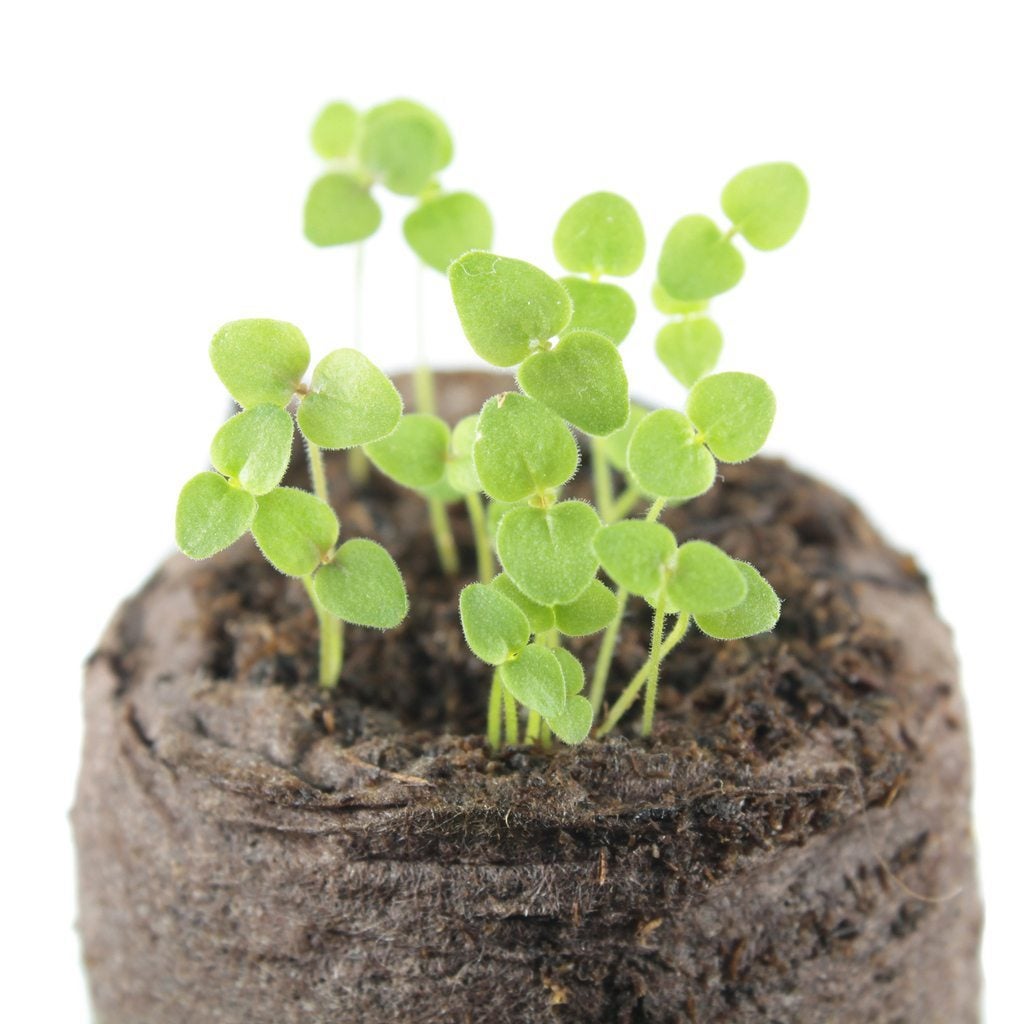Seed Grown Snapdragons – How To Grow Snapdragons From Seed
Fascinating and hardy, snapdragons are remarkably self-sufficient. Harvesting and planting their seeds takes a bit of knowledge and practice but propagating them can be rewarding.

Caroline Bloomfield

Those Sweet Old-fashioned Snapdragons
Everybody loves snapdragons – old-fashioned, cool-season annuals that produce spikes of long-lasting, sweet-smelling blooms in every color of the rainbow, except blue.
Once established, snapdragons are remarkably self-sufficient, but planting snapdragon seeds can be tricky. Want to try your hand at seed-grown snapdragons? Learn the basics of snapdragon seed propagation.
When to Plant Snapdragon Seeds
When planting snapdragon seeds, the optimum time to start them indoors is about six to ten weeks before the last frost in spring.
Snapdragons are slow starters that germinate best in cool temperatures.
Some gardeners have good luck planting snapdragon seeds directly in the garden, so you may want to experiment with this. The best time to do it is after the last hard frost in spring, as snapdragons can tolerate light frost.
How to Grow Snapdragons from Seed Indoors
- Fill planting cells or seedling pots with well-drained potting mix. Water the mix well, then allow the pots to drain until the mix is evenly moist but not soggy.
- Sprinkle snapdragon seeds thinly on the surface of the moist potting mix. Press the seeds lightly into the potting mix. Don’t cover them; snapdragon seeds won’t germinate without light.
- Place the pots where temperatures are maintained at about 65 degrees F. (18 C.). Bottom heat isn’t necessary for snapdragon seed propagation, and warmth may inhibit their germination.
- Watch for the seeds to sprout within a couple of weeks. Place the plants 3 to 4 inches (8-10 cm) below fluorescent light bulbs or grow lights. Leave the lights on for 16 hours per day and turn them off at night. Planting snapdragon seeds on windowsills rarely works because the light usually isn’t bright enough.
- Be sure your seedlings have plenty of air circulation. A small fan placed near them will help prevent mold, and will also encourage stronger, healthier plants.
- Water the seedlings as needed to keep the potting mix evenly moist, but never saturated.
- Thin the seedlings to one plant per cell when the snapdragons have two sets of true leaves. (True leaves appear after the initial seedling leaves.)
- Fertilize the snapdragon seedlings three to four weeks after planting using a water-soluble fertilizer for indoor plants. Mix the fertilizer to half strength. Transplant the snapdragons into a sunny garden spot after the last hard frost in spring.
Grow Snapdragons By Direct Seeding in the Garden
Plant snapdragon seeds in loose, rich soil and full sunlight. Sprinkle snapdragon seeds lightly on the surface of the soil, then press them lightly into the soil. Don’t cover the seeds, as snapdragon seeds won’t germinate without light. Water them as needed to keep the soil evenly moist but be careful not to overwater.
Note: Some gardeners are convinced that freezing seeds for a couple of days increases the chances of successful snapdragon seed propagation. Others think this step is unnecessary. Experiment to discover which technique works best for you.
Sign up for the Gardening Know How newsletter today and receive a free copy of our e-book "How to Grow Delicious Tomatoes".

A Credentialed Garden Writer, Mary H. Dyer was with Gardening Know How in the very beginning, publishing articles as early as 2007.
- Caroline BloomfieldManager of Marketing Communications